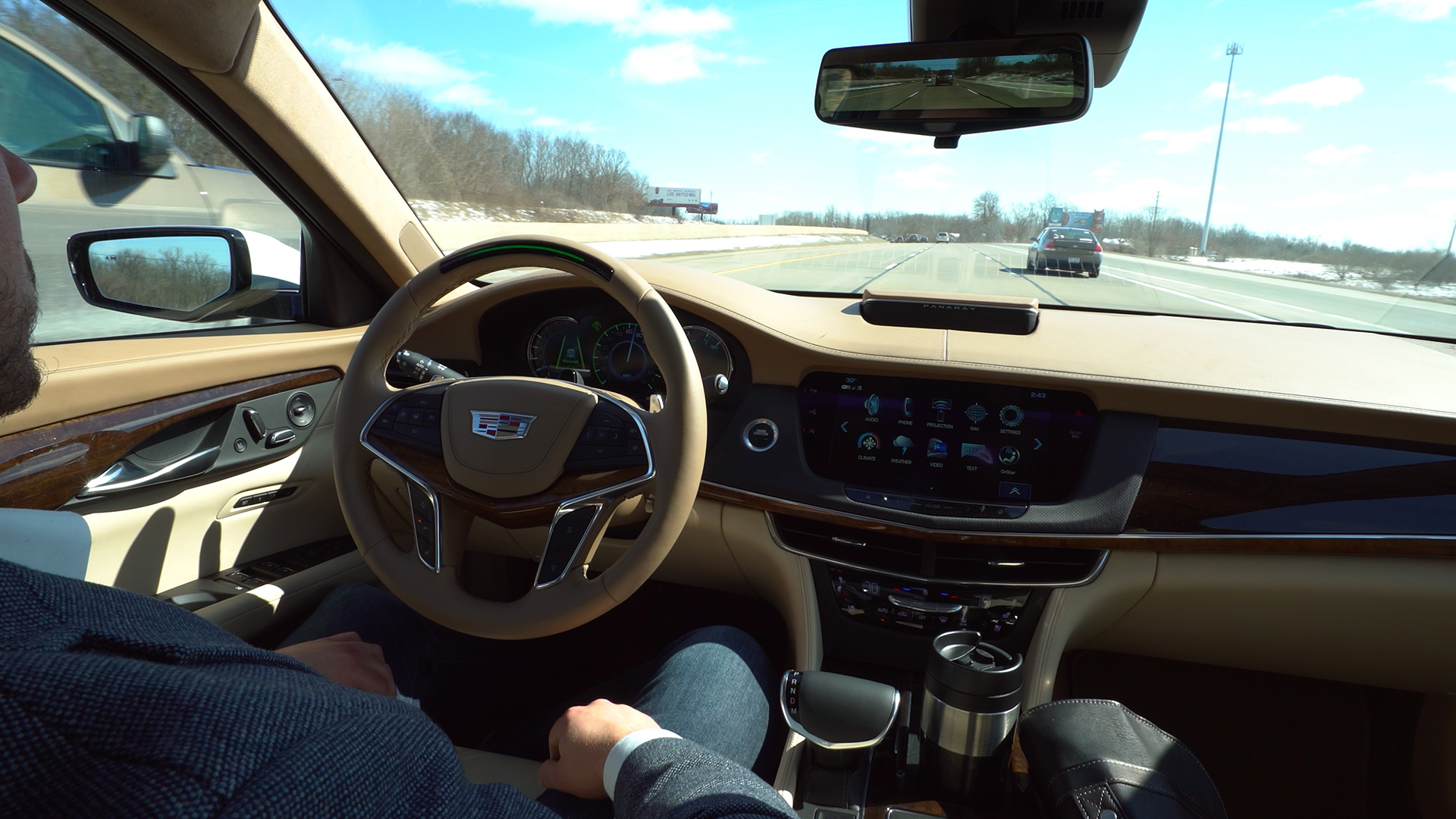

People tend to either love or hate the idea of autonomous cars. Our own Alex Roy is a strong proponent of them. I respect his views and read his articles on the subject with great interest, but still fall into the “I’ll give you my steering wheel when you pry it from my cold, dead hands” camp. But maybe I’ve been a little too hasty in my prejudice against self-driving cars. According to a survey by the Alliance of Automobile Manufacturers, human drivers are far more likely to welcome our autonomous overlords if we have experienced automatic driver assist features for ourselves.
The survey, as reported by Automotive News, reveals that the more that people experience semi-autonomous features such as adaptive cruise control, active lane assist, or automatic emergency braking, the more positive their attitudes will be regarding fully autonomous cars. According to the survey, people who drive cars with at least two of these functions will view autonomous cars much more favorably—62 percent favorable versus 35 percent unfavorable. People who have not tried these features are more pessimistic, with 43 percent favorable vs. 54 percent unfavorable. Essentially, what this survey seems to say is, “Don’t knock it till you try it.”
I have only tried one of these systems. The Ford Mustang EcoBoost I drove for course opening at the Black River Stages rally in 2015 was equipped with adaptive cruise control. Obviously, I didn’t use it on rally stages. But during the five-hour drive to and from update New York I used it extensively. I enjoyed not having to disengage or reset cruise control every time highway traffic decided to go a slightly different speed, which was often. I can never use basic cruise control during my daily commute because the speed of traffic is too erratic. But if I had adaptive cruise control, I’d probably use it most of the time.
A willingness to allow the car to set its own speed, keep you in your lane, or brake harder when it thinks you need to is quite different than saying “KITT, take over,” pressing the Auto Cruise button, and letting the car drive itself. I don’t believe self-driving cars are ready to take on real-world traffic, poor lane markings, and Boston drivers. I also don’t think that human occupants will be diligent about keeping the sensors clear in snow when many can’t even be bothered to scrape ice off their windows. But I do agree with the survey’s major point: If a curmudgeon like me can begin to see the benefits of semi-autonomous features, the proof that they work is an important gateway toward accepting fully autonomous cars.
One day. Maybe. I’m not quite ready to press the “Auto Cruise” button yet.